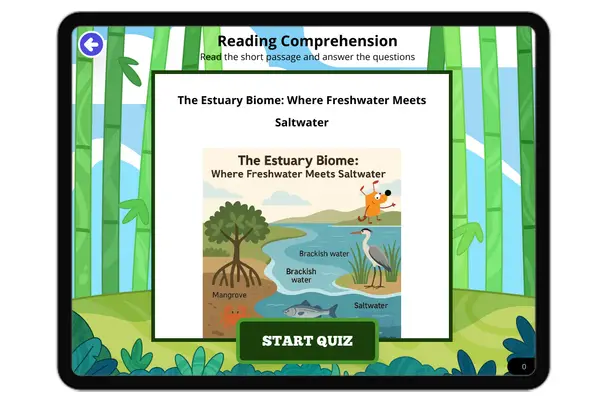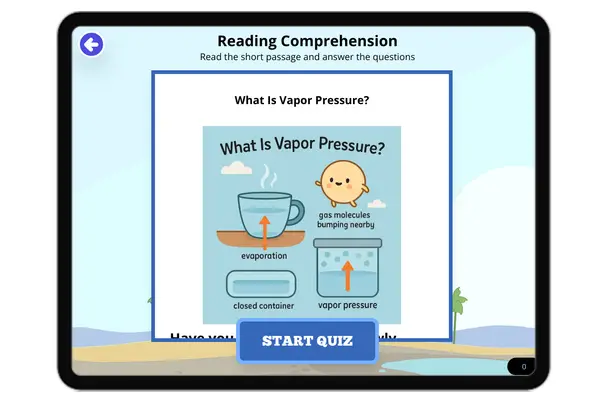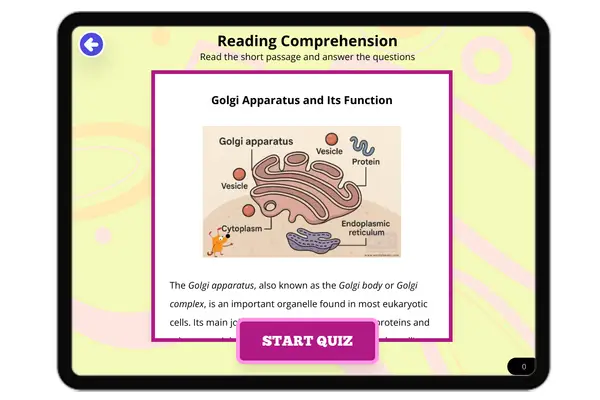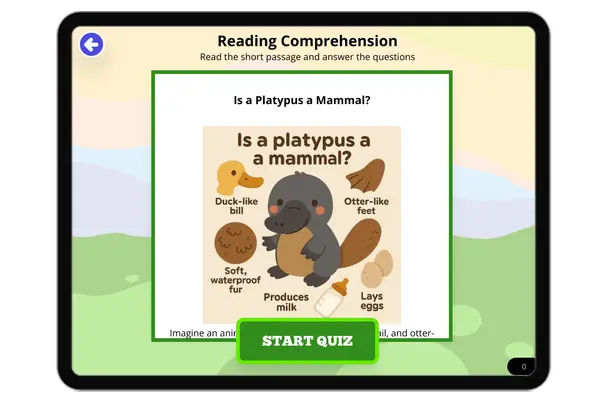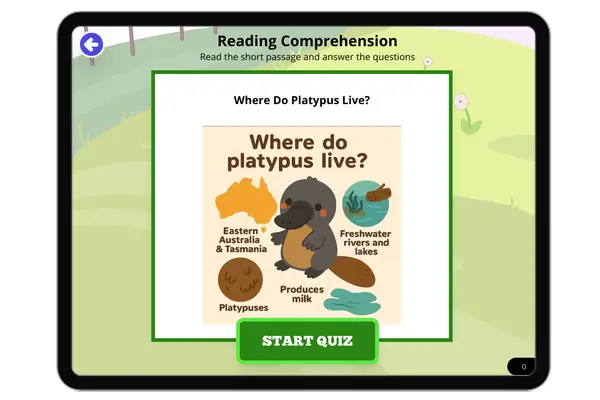Prokaryotic vs. Eukaryotic Cells — Reading Comprehension
Premium Resource
Grades
- 5
- 6
- 7
- 8
Standards
- MS-LS1-1
- MS-LS1-2
PRINT+DIGITAL RESOURCE
This learning resource is available in interactive and printable formats. The interactive worksheet can be played online and assigned to students. The Printable PDF version can be downloaded and printed for completion by hand.
About This Reader
This NGSS-aligned reading passage helps middle school students compare prokaryotic and eukaryotic cells. Supporting standard MS-LS1-1, the passage explains how prokaryotic cells are simple and lack a nucleus, while eukaryotic cells are complex and contain organelles like the nucleus and mitochondria. It highlights examples such as bacteria and plants and emphasizes how both types perform life functions. This resource builds life science literacy with key terms like cytoplasm, flagella, and DNA, and supports comprehension of structure and function in living organisms according to the Next Generation Science Standards.
Perfect For:
👩🏫 Teachers
- • Reading comprehension practice
- • Auto-graded assessments
- • Literacy skill development
👨👩👧👦 Parents
- • Reading practice at home
- • Comprehension improvement
- • Educational reading time
🏠 Homeschoolers
- • Reading curriculum support
- • Independent reading practice
- • Progress monitoring
Reading Features:
📖
Reading Passage
Engaging fiction or nonfiction text
❓
Comprehension Quiz
Auto-graded questions
📊
Instant Feedback
Immediate results and scoring
📄
Printable Version
Download for offline reading
🔊
Read Aloud
Voice-over with word highlighting
















